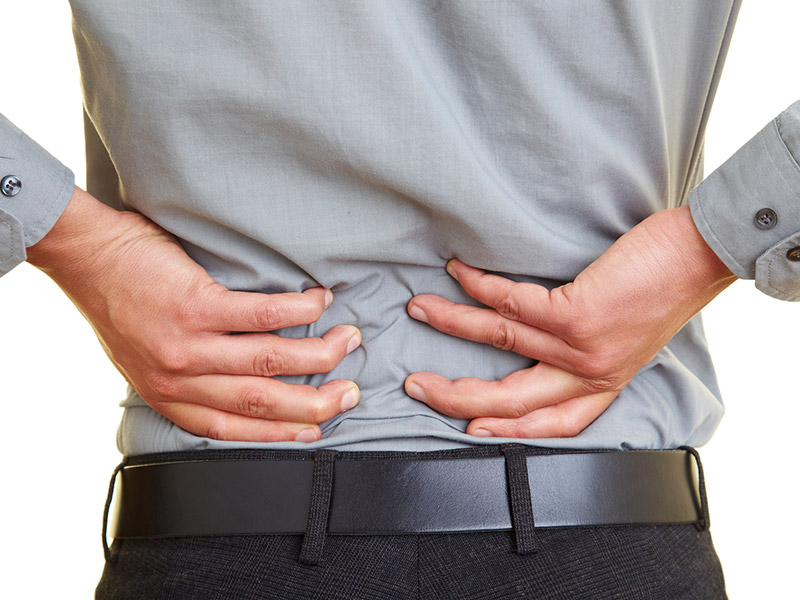Friends manipulating one another’s backs on top of a workout bench. Does this picture ring a bell with you?? This is something that I observe all to often while working out in the gym and it scares me too death. There are many reasons why this is very dangerous and should never be done, even if it “feels good.”
First, let us discuss what a true manipulation is. Manipulation is the skilled passive movement to a joint and/or related soft tissue at varying speeds and pressures. “Self manipulation” referring to the “popping” of one’s own back is lay language and is not a skilled movement performed by a trained clinician. There are many different types of manipulation, which allow trained clinicians to achieve different goals with their patients depending upon the patient’s condition.
The “pop” that occurs often during a manipulation maneuver is neither the goal nor the definition of a manipulation. The “pop” is truly nothing more than an explosion of gas into the joint. It works on the same principle that causes a champagne cork to”pop.” The sound is the result of a nitrogen gas bubble released into the joint due to a large amount of negative pressure that is created when two joint surfaces are separated.The joint will then remain swollen for some minutes, or hours, until the gas is reabsorbed back into the synovial fluid surrounding the joint.
There are four primary effects of manipulation:
- Psychological: The laying on of intelligent and skilled hands provides confidence and assurance to the patient that something good will result.
- Mechanical: We move joints and stretch tissues to provide increased mobility.
- Neurophysiological: The motions that are produced result in firing of sensory receptors, which may provide pain relief and reduction of muscle holding.
- Chemical: Possible release of endorphins for the reduction in discomfort.
The effects are many, some beneficial and many potentially harmful.Unfortunately, when performed by an unskilled individual, the likelihood of harmful effects greatly increases. Some of these effects can include such things as: 1) muscles become relaxed and thus do not protect the joint as well, 2) the adjustment may take place at an unstable level (due to the lack of skill of the adjuster) and not within the area in need of manipulation and 3) therefore it becomes even less stable; further, in the spine, the force that produces the “pop” is a rotation/twist movement. This can inflict trauma on the disc, leading to instability and ligament fatigue. Muscle tension often will increase shortly after the “pop.” The desire to “pop” again may become greater and quite possibly addicting, due to the endorphin release that can be achieved and gives a false sense of relief to the individual.
When performed correctly, on an appropriate joint in a skilled manner however,the effects can be very healing. A restricted joint can become more mobile and therefore have less pain. Adhesions and scar tissue may be stretched and/or broken: We can gain relaxation of tissues in order to proceed to more corrective types of therapy.
Knowing when and where to manipulate is key to success with its use and only trained Manual Physical Therapist or Chiropractor would be able to meet these criteria. So the next time you think about asking your trainer, or friend to “crack your back,” think again!!
— Contributed by Deborah Denio, DPT, MTC, CSCS, IFBB Figure Professional

